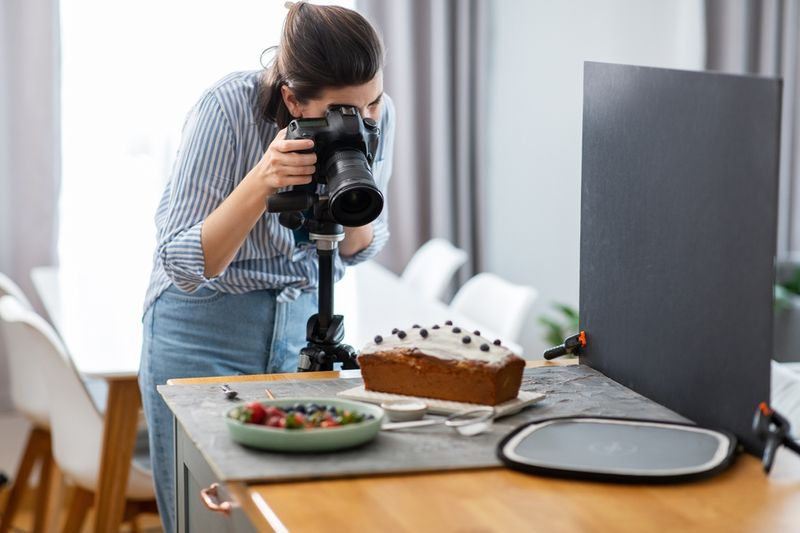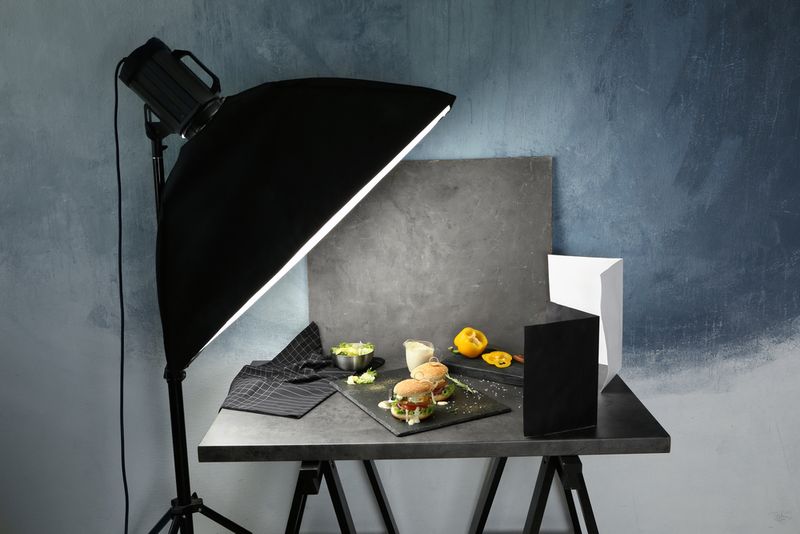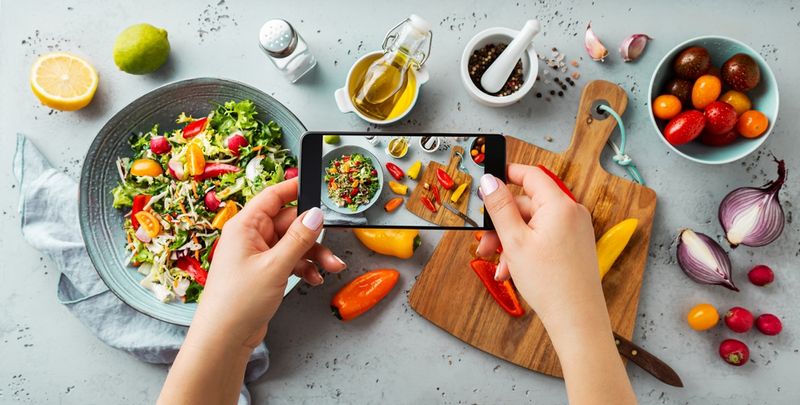In the digital era, where the visual narrative reigns supreme, photographing food has emerged not just as a form of expression but as a conduit for culinary storytelling. With millions scrolling food pictures on instagram feeds daily, a captivating image of a well-plated dish can pause thumbs, evoke sensations, and stir desires.
This delicate alchemy of light, shadow, composition, and colour transforms the mundane act of eating into an extraordinary experience. It's a journey that begins in the kitchen and culminates in the limitless digital world, where a single image can traverse continents, connecting cultures and palates.
In the following discourse, we will explore the fundamental principles that govern this intricate craft. From harnessing the ethereal beauty of natural light to composing a shot that tells a story, from styling plates with artistic flair to selecting a colour palette that speaks a thousand words, each aspect plays a pivotal role in creating a photograph that's not just seen but felt.
Whether you're a seasoned photographer, a culinary enthusiast, or a social media influencer aspiring to captivate your audience, these insights will guide you in transforming your food photography into stunning visual masterpieces.
Here are some tips and tricks for photographing food
Embracing Natural Light

The quintessence of photographing food lies in its lighting. Natural light, with its soft and diffused qualities, brings out the true colours and textures of your dish. Position your setup near a window where gentle sunlight can enhance the hues. Avoid harsh midday light; early morning or late afternoon provides a warmer, more flattering glow. Remember, the right illumination can make your dish come alive.
Composition

A well-composed shot is crucial in photographing food. Apply the rule of thirds to balance your composition, placing key elements off-centre for a more dynamic effect. Introduce negative space to let the dish breathe, allowing the viewer’s eye to focus on the culinary masterpiece. Experiment with different angles - a top-down view works splendidly for dishes with multiple components, while a side angle is ideal for showing off textures and layers.
Styling

The context in which you present your dish can elevate your photograph. Select props that complement the food’s character without overshadowing it. Utilise contrasting colours and textures - a rustic wooden board can serve as the perfect backdrop for vibrant, fresh ingredients. Remember, simplicity is key; too many elements can distract from the main subject.
Colour palette

Colour plays a pivotal role in photographing food. Use a palette that compliments the dish, enhancing its appeal. Fresh greens or bright citrus can add a pop of colour to a neutral setup. Be mindful of the colour temperature; warm tones evoke cosiness and comfort, while cooler tones can suggest freshness and lightness.
Focus and depth
Ensure your main subject is in sharp focus. A shallow depth of field, achieved by using a wide aperture, can beautifully blur the background, directing all attention to the dish. Play with different focal points; sometimes, focusing on a specific element like a garnish or a drip of sauce can tell an intriguing story.
Editing
Post-processing is a subtle yet powerful tool. Adjust brightness and contrast to make your image pop. Enhance colours gently; over-saturation can make food look unnatural. Remember, editing should enhance the photo's natural beauty, not overpower it.
Practice
Finally, practice is paramount. Experiment with different dishes, setups, and lighting conditions. Each session is a learning opportunity, a chance to refine your skills and develop your unique style.




